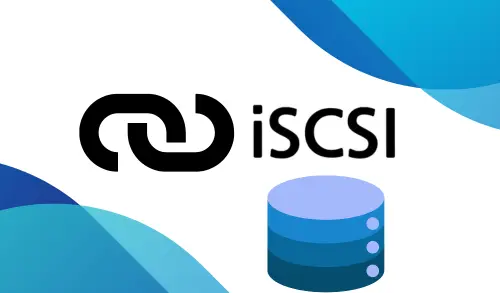This section describes how to connect iSCSI Target Server to Windows Server 2022. Windows Server includes a built-in tool called the iSCSI initiator that we can use to connect to an iSCSI target server. In order to attach an iSCSI target, you need to enable and configure the initiator.
To read more about it, please click iSCSI Target Server Overview.
To start, launch the Server Manager and select the iSCSI Initiator option from the Tools menu.
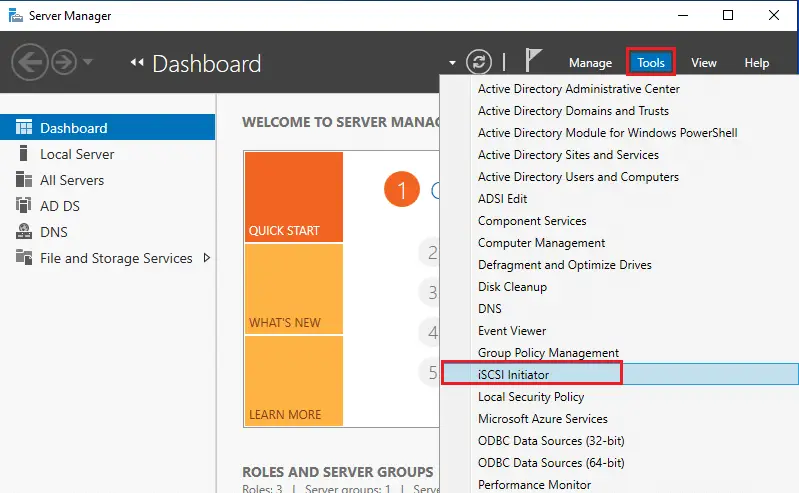
Now, you can see that Microsoft iSCSI indicates that the Microsoft iSCSI service is not running. The iSCSI service must be initiated if the iSCSI initiator is to function correctly. Click the Yes button to enable the service, and it will ensure that it starts automatically every time Windows is restarted.
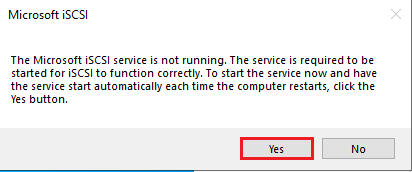
The iSCSI Service Must be Enabled
The iSCSI service is running now, and we will have to collect a little information before we can finish configuring the iSCSI initiator.
The first thing in establishing connectivity to the iSCSI target server is to select the Discovery tab on the iSCSI Initiator Properties window. Click on the Discover Portal button.
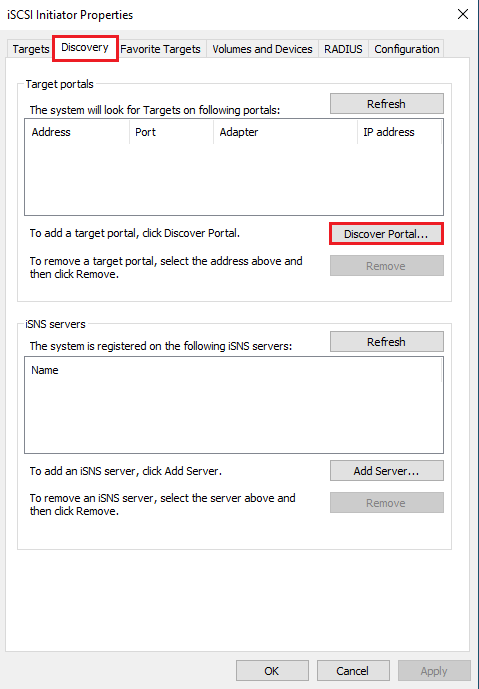
In the discovery target portal, type IP address (default port is 3260). Click on the Advanced button.
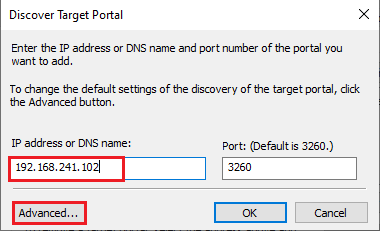
Please ensure the Local Adapter settings are Microsoft iSCSI Initiator and the Initiator is Target IPs. Click ok twice
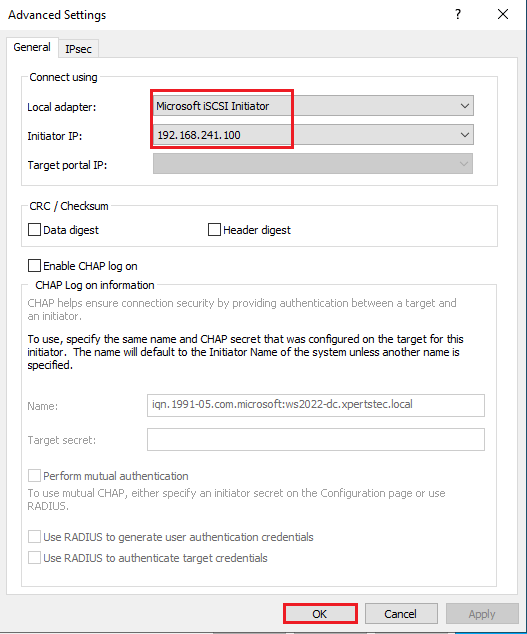
Select the iSCSI initiator and then select the Connect button.
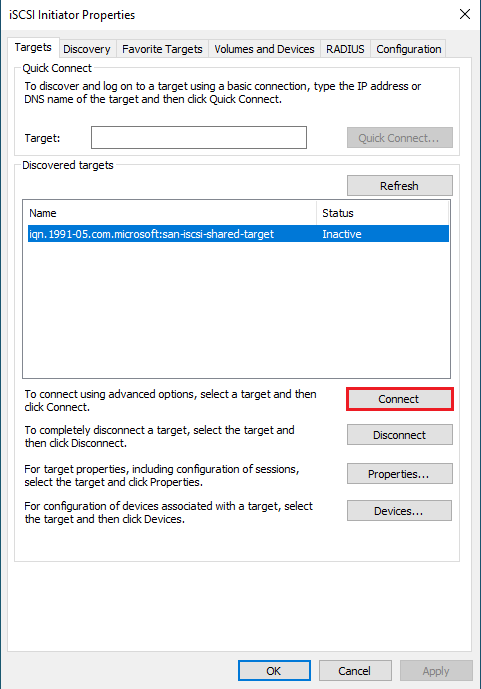
The iSCSI Initiator should discover the iSCSI target and click ok.
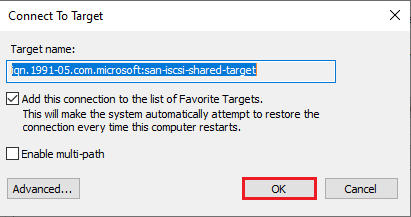
Now, the iSCSI target is connected.
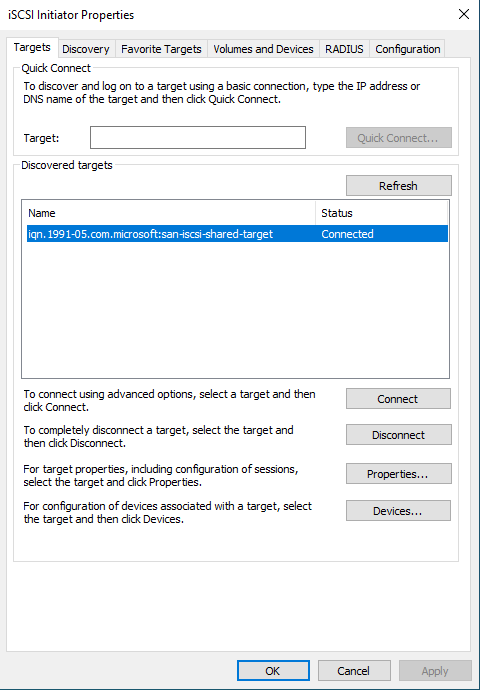
How to Enable iSCSI Initiator with PowerShell
We can also enable the iSCSI initiator by using the PowerShell command to start the Microsoft iSCSI Service and then change the service startup type to Automatic by running the below commands:
Start-Service msiscsi
Set-Service msiscsi -startuptype "automatic"
Now, open the Disk Management console by clicking Tools and then Computer Management.
Or you can type the DISKMGMT.MSC in run command to open it.
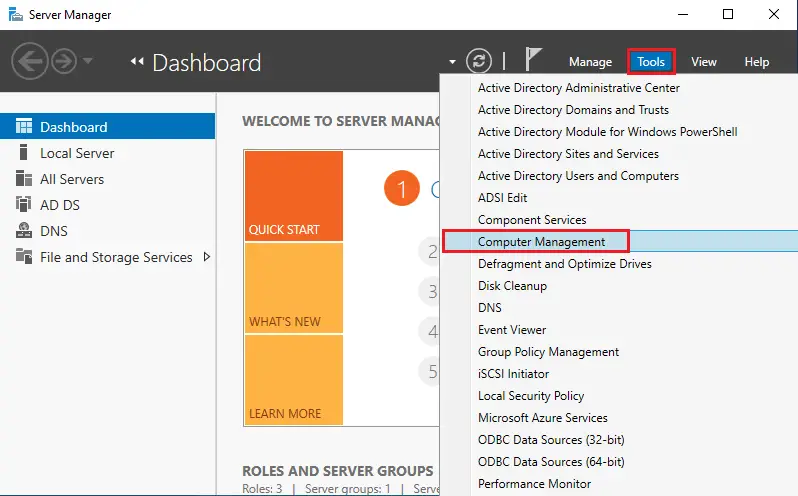
Click on Disk Management from the left panel. Right-click on the disk whose size equals that of your LUN, and then select Online.
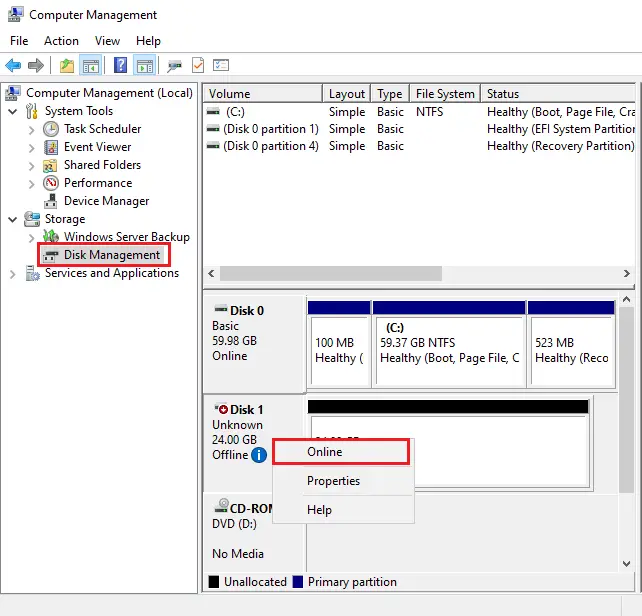
Again, right-click on the disk and then select Initialize Disk.
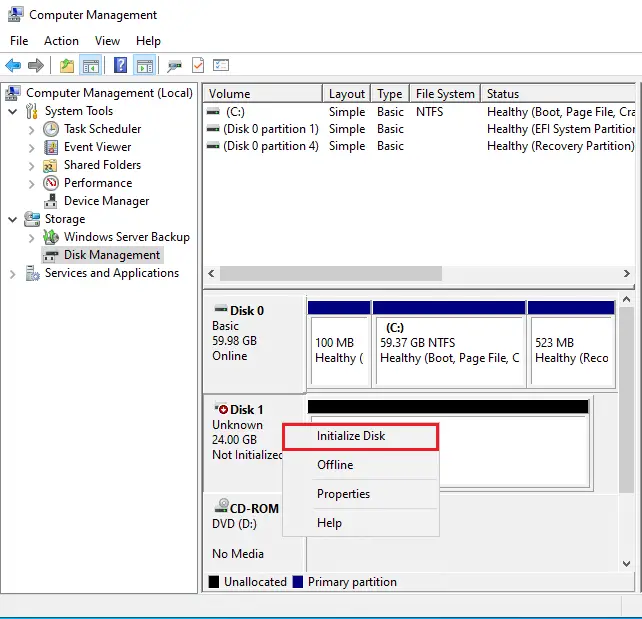
Click OK, and the disk status will become Online.
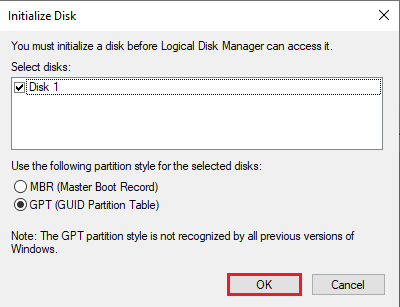
Right-click on the disk and then click on New Simple Volume.
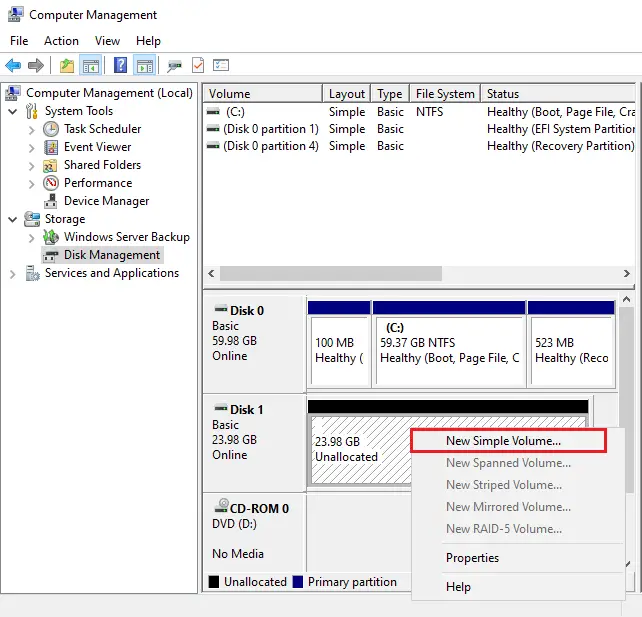
Click next.
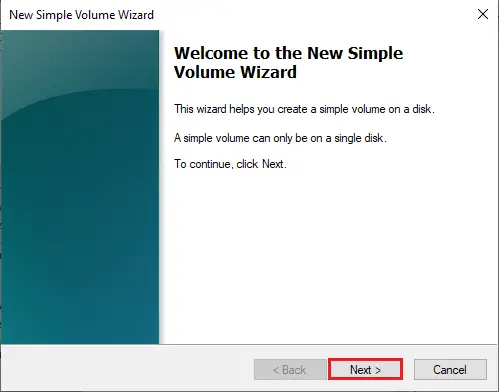
Click next
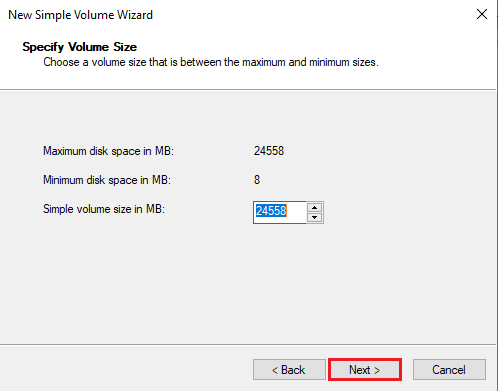
Assign the drive letter and then click next.
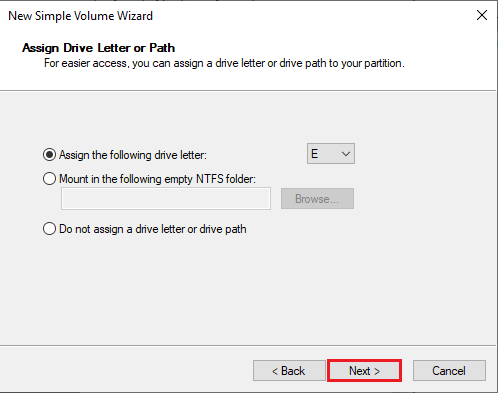
Type a volume label and click next.
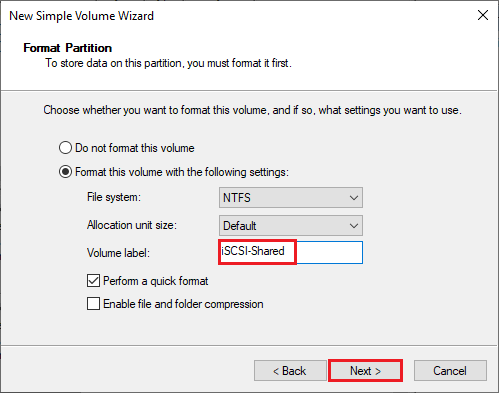
Click finish.
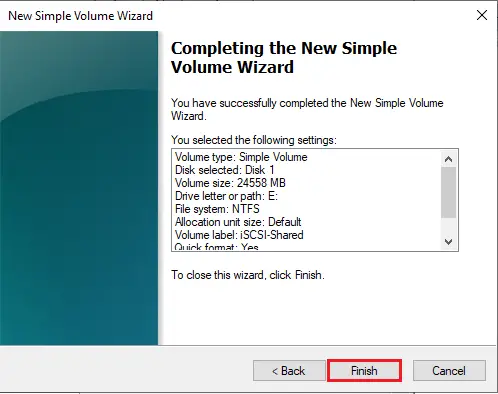
Now, your Windows has an additional drive with the drive letter as extra storage.
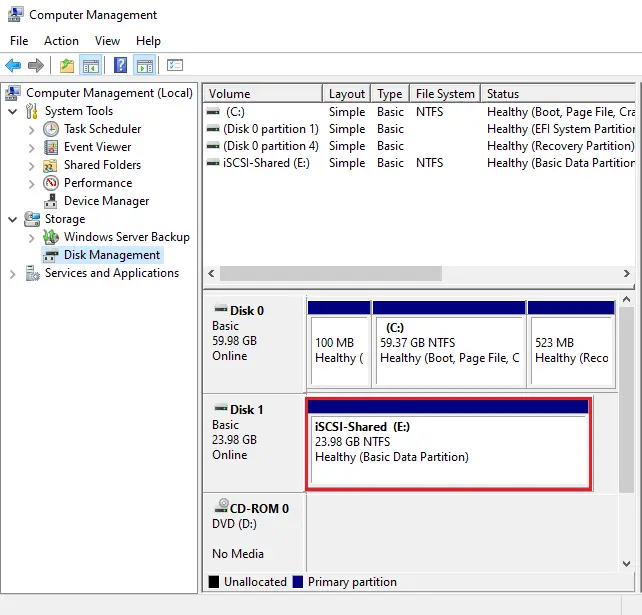
Related: How to install and configure iSCSI target on Server 2022.


